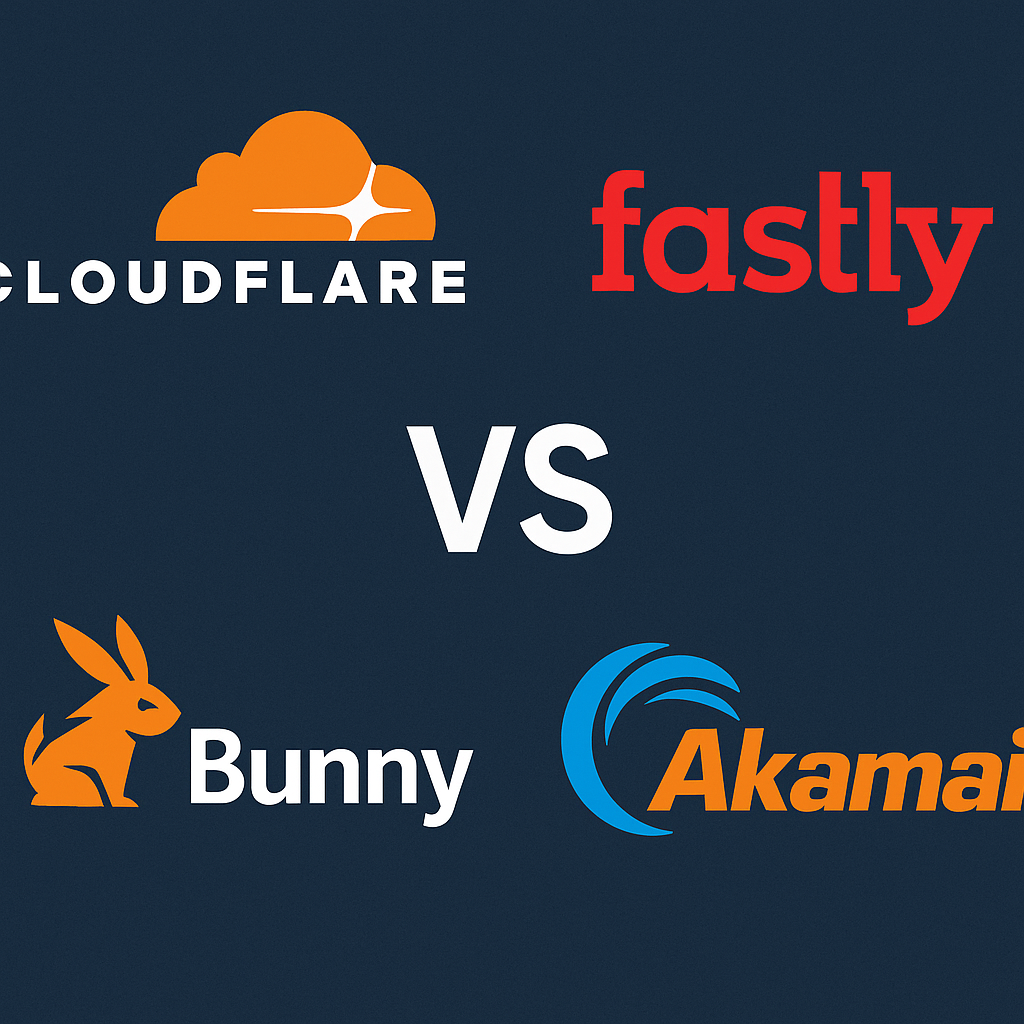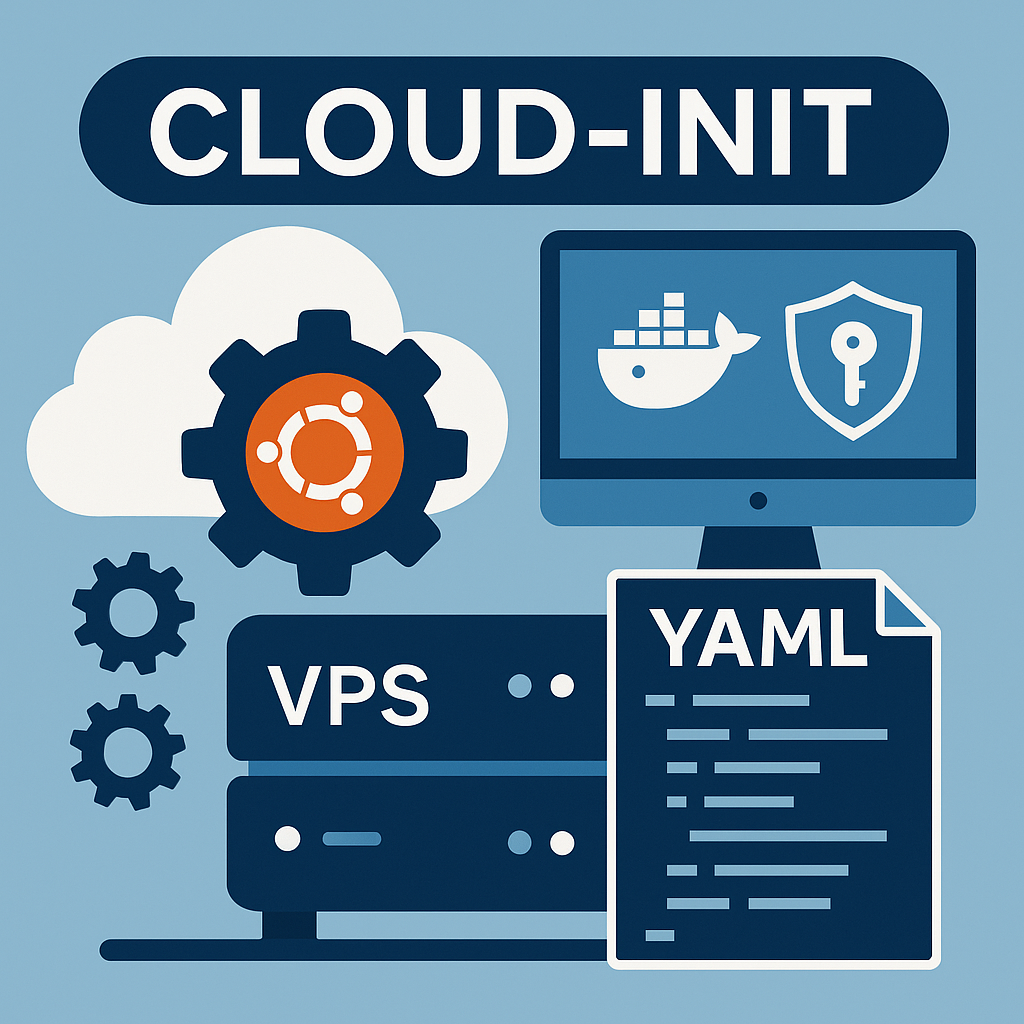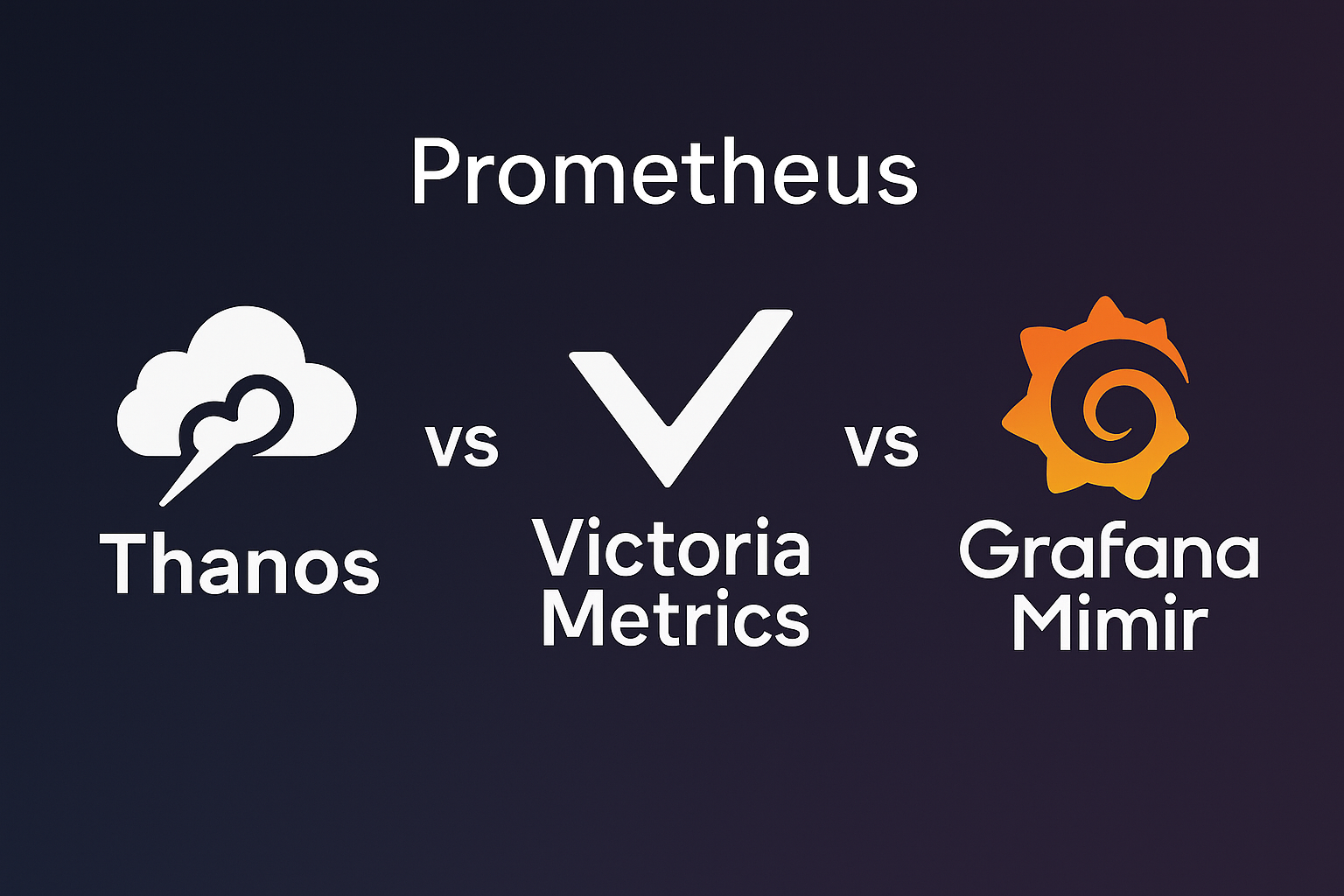NATS JetStream vs RabbitMQ vs Apache Kafka on VPS in 2025: Throughput/Latency Benchmarks, Exactly‑Once vs At‑Least‑Once, Durability/Replication, TLS/mTLS, and the Best Message Broker for Your Stack

Choosing the right message broker can make or break your distributed system’s performance and reliability. In 2025, three solutions dominate the landscape: NATS JetStream, RabbitMQ, and Apache Kafka. Each offers distinct architectural approaches to messaging, with trade-offs in throughput, latency, delivery guarantees, and operational complexity.
This comprehensive comparison examines real-world performance benchmarks, delivery semantics, security features, and operational requirements to help you select the optimal message broker for your VPS infrastructure in 2025.
Architecture and Deployment Models
NATS JetStream follows a lightweight, cloud-native approach with horizontal scaling through clustering. It supports both at most once (core NATS) and exactly once delivery semantics with JetStream persistence.
RabbitMQ implements the Advanced Message Queuing Protocol (AMQP) with sophisticated routing capabilities through exchanges, queues, and bindings. It provides at least once delivery guarantees with optional publisher confirms and consumer acknowledgments.
Apache Kafka uses a distributed commit log architecture with topics partitioned across brokers. It offers at least once delivery by default, with exactly once semantics available through idempotent producers and transactional messaging.
Performance Benchmarks: Throughput and Latency
Based on 2025 benchmarks running on standardized VPS configurations (4 vCPU, 8GB RAM, NVMe storage):
Throughput Comparison
- Apache Kafka: 500,000-1M+ messages/second with batching enabled
- NATS JetStream: 200,000-400,000 messages/second with persistence
- RabbitMQ: 50,000-100,000 messages/second with durability guarantees
Latency Benchmarks
- NATS JetStream: Sub-millisecond latency for in-memory operations, 1-5ms with persistence
- RabbitMQ: 5-20ms average latency depending on queue depth and persistence settings
- Apache Kafka: 10-50ms latency due to batching and replication overhead
Performance Note: These benchmarks assume optimized configurations. Real-world performance varies significantly based on message size, persistence requirements, and cluster topology.
Delivery Guarantees: Exactly‑Once vs At‑Least‑Once
NATS JetStream Delivery Semantics
JetStream provides exactly once delivery through:
- Consumer acknowledgment with automatic retries
- Deduplication based on message IDs
- Idempotent message replay capabilities
RabbitMQ Delivery Guarantees
RabbitMQ offers at least once delivery with:
- Publisher confirms ensuring message persistence
- Consumer acknowledgments preventing message loss
- Dead letter exchanges for failed message handling
Apache Kafka Transactional Messaging
Kafka achieves exactly once semantics through:
- Idempotent producers with sequence numbers
- Transactional APIs for atomic multi-partition writes
- Consumer isolation levels for reading committed data
Durability and Replication Strategies
High availability requirements differ significantly across message brokers:
NATS JetStream implements R3 (3-replica) clustering with RAFT consensus for metadata and message replication across nodes. Stream replicas can be configured per-stream basis.
RabbitMQ uses quorum queues with RAFT-based replication, replacing the older mirrored queues. Classic queues offer master-slave replication with automatic failover.
Apache Kafka provides configurable replication factors per topic, with in-sync replicas (ISR) ensuring data consistency. Leader election handles broker failures automatically.
Security: TLS/mTLS and Authentication
All three brokers support enterprise-grade security features in 2025:
Encryption and Transport Security
- NATS: TLS 1.3, mTLS client certificates, NKEYS authentication
- RabbitMQ: TLS/SSL, mTLS, SASL authentication mechanisms
- Kafka: SSL/TLS encryption, SASL/SCRAM, Kerberos integration
Authorization and Access Control
- NATS: Subject-based permissions, account isolation
- RabbitMQ: Virtual hosts, fine-grained resource permissions
- Kafka: ACLs with topic, consumer group, and cluster-level controls
Resource Requirements and Operational Overhead
Minimum VPS Specifications
- NATS JetStream: 1 vCPU, 1GB RAM for development; 2+ vCPU, 4GB RAM for production
- RabbitMQ: 1 vCPU, 2GB RAM minimum; 4+ vCPU, 8GB RAM for high throughput
- Apache Kafka: 2 vCPU, 4GB RAM minimum; 8+ vCPU, 16GB RAM for production clusters
For optimal performance on VPS infrastructure, consider dedicated CPU options and high-performance storage backends.
Use Case Recommendations and Decision Matrix
Choose NATS JetStream For:
- Microservices communication requiring low latency
- IoT data ingestion with high connection counts
- Real-time applications with geographical distribution
- Cloud-native deployments prioritizing operational simplicity
Choose RabbitMQ For:
- Complex routing scenarios with multiple exchange types
- Legacy system integration requiring AMQP compatibility
- Workflow orchestration with sophisticated message patterns
- Teams familiar with traditional message brokers
Choose Apache Kafka For:
- Event streaming platforms requiring message replay
- Data pipeline processing with high throughput requirements
- Log aggregation and analytical workloads
- Large-scale distributed systems with complex topologies
Integration with Observability and Monitoring
Modern message brokers require comprehensive monitoring for production deployments. Consider integrating with observability stacks to track message throughput, consumer lag, and broker health metrics.
Each broker provides different monitoring capabilities:
- NATS: Prometheus metrics, JetStream monitoring dashboard
- RabbitMQ: Management UI, Prometheus plugin, Grafana dashboards
- Kafka: JMX metrics, Kafka Manager, Confluent Control Center
Conclusion: Selecting Your Message Broker
The choice between NATS JetStream, RabbitMQ, and Apache Kafka depends heavily on your specific requirements for throughput, latency, delivery guarantees, and operational complexity.
NATS JetStream excels in cloud-native environments requiring low latency and operational simplicity. RabbitMQ provides mature AMQP compatibility with sophisticated routing capabilities. Apache Kafka dominates high-throughput streaming scenarios with strong durability guarantees.
Consider your team’s expertise, infrastructure requirements, and long-term scalability needs when making this critical architectural decision. For production deployments, evaluate these solutions on representative VPS configurations that match your expected workload characteristics.
Related Articles

Top CDN Providers for VPS in 2025: Complete Performance Analysis of Cloudflare vs Fastly vs Bunny vs Akamai

Master Cloud-Init on Ubuntu 24.04: 30 Production-Ready Templates for Docker, SSH Security, and VPS Automation
